 The Journal of the British Astronomical Association
The Journal of the British Astronomical Association
Volume 117, No.1: 2007 February
Detailed contents: Notes and News / Articles / Observers' Forum / Reviews / Letters / Meetings / BAA Update


On the cover: The Sun in hydrogen-alpha light
Top: montages by Pete Lawrence; left: 2006 September 17 at 09:34 UT; right: 2006 Sept. 11, 08:23-08:46 UT. Centre and bottom: images by Damian Peach; left: 2006 Sept 18; right: 2006 Sept 30, 09:20 UT; bottom: 2006 Sept 30, 09:30.
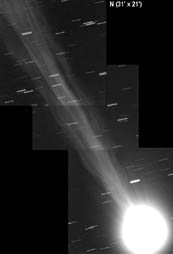
 Notes and News
Notes and News
From the President (Richard Miles ) / Observing Venus in 2007 (Richard McKim) / Deep Sky Section (Stewart Moore ) / Solar Section (Lyn Smith) / Asteroids & Remote Planets Section (Roger Dymock) / Milan Stefanik and the rotation period of Venus: a centenary for 2007 (Richard McKim)
Photo: Comet C/2006 M4 (SWAN) imaged on 2006 October 24 by Martin Mobberley. A three-frame mosaic with a Celestron 14 at f/7.7, Paramount ME + SBIG ST9XE CCD.
Photo: The 12.5-inch (32cm) Calver installed in the garden of Molesworth's quarters at Trincomalee (Sri Lanka) in 1898 March, with which he conducted his third series of Venus observations.
Click here to obtain a PDF file of any of these articles
Search for all your leisure needs at
Back to top of page Refereed articles

Insights into enthusiasm: The 1897-1898 Venus notebooks of P. B. Molesworth ... Richard Baum
Two notebooks in the possession of the Association containing three series of observations of the planet Venus in 1897-1898 by P. B. Molesworth, discoverer of the Great South Tropical Disturbance on Jupiter in 1901, are described and their contents summarised for the first time. Molesworth's unpublished report of the first series is printed as an Appendix.
CG Draconis - a particularly active dwarf nova ... Jeremy Shears, Roger Pickard & Gary Poyner
Determination of the superhump period of the dwarf nova V701 Tau during the 2005 December superoutburst ... Jeremy Shears & David Boyd
The retrofocally corrected apochromatic dialyte refracting telescope ... John Wall & Peter Wise
The parallactic angle and the solar observer ... Peter Meadows
Index to volume 116 (2006) ... R. A. Marriott
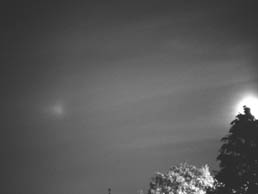
 Letters
Letters
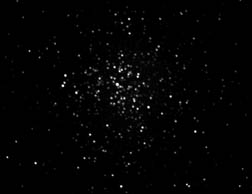
 Observers' Forum
Observers' Forum
 Meetings
Meetings
Reviews
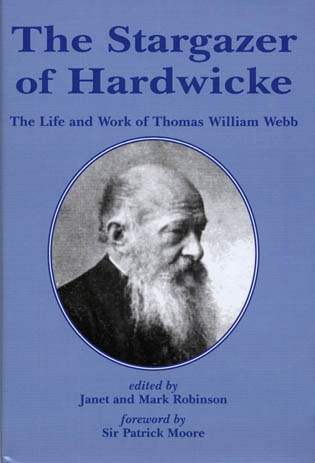
![]()
Gracewing Publishing (2 Southern Ave., Leominster, Hereford. HR6 0QF), 2006. ISBN 0-85244-666-7. Pp xxiv + 260, £14.99 (hbk).
 Reviewed by Don Miles
Reviewed by Don Miles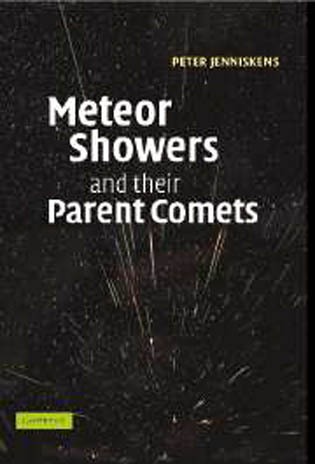
![]()
Cambridge University Press, 2006. ISBN 0-521-85349-4. Pp xi + 790, £85.00 (hbk).
 Reviewed by Jonathan Shanklin
Reviewed by Jonathan Shanklin
![]()
Cambridge University Press, 2006. ISBN 0-521-80105-2. Pp x + 295, £25.00 (hbk).
 Reviewed by Nick Hewitt
Reviewed by Nick Hewitt


by Neil Bone
 Sky notes for 2007 February & March
Sky notes for 2007 February & March